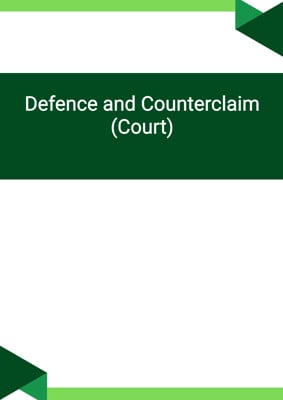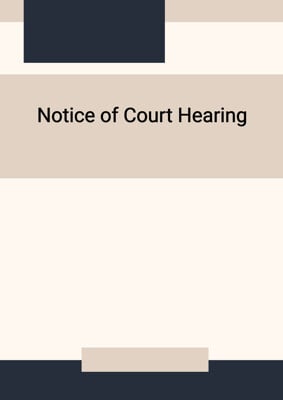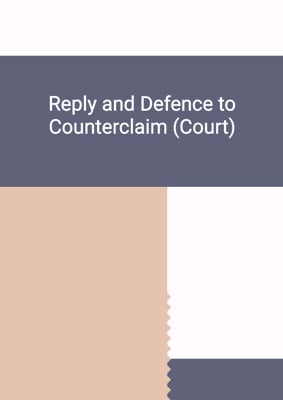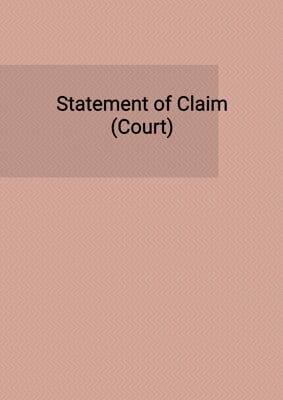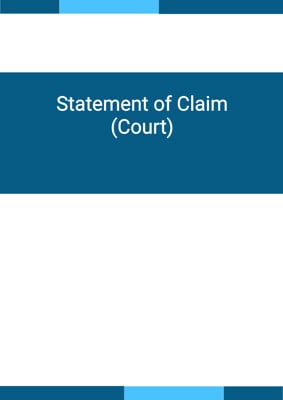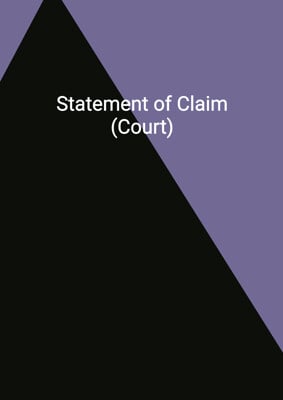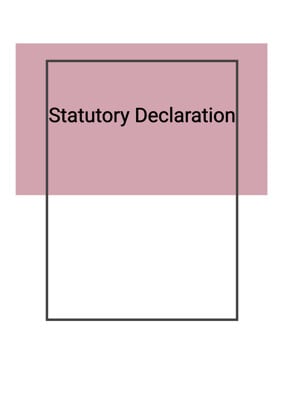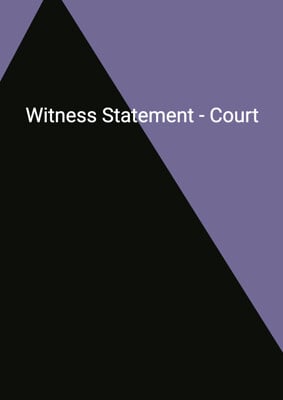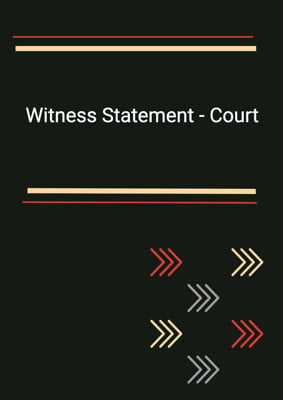How to Tailor the Document for Your Need?
01
Create Document
Fill in the details of the parties. You can click the "Fill with Member’s Information" button to complete it with information saved to your account.
02
Fill Information
Please fill in any additional information by following the step-by-step guide on the left hand side of the preview document and click the "Next" button.
03
Get Document
When you are done, click the "Get Document" button and you can download the document in Word or PDF format.
04
Review Document
The document should be signed by the authorised signatory (or directors of a company) and witnessed to complete the formality.
Document Preview
Document Description
The document titled 'Respondent's Notice to Appeal (Court)' is a legal document that is used in the court of appeal. It is filed by the respondent, who is the party against whom the appeal is being made. The purpose of this document is to notify the court and the other party that the respondent intends to appeal the judgment or order given by the lower court.
The document starts with the title 'Respondent's Notice to Appeal (Court)' followed by the appeal number and the jurisdiction state. It also includes the names of the parties involved in the case, with the plaintiff being party 1 and the defendant being party 2.
The detailed content of the document consists of several sections. The first section is the introduction, which states that the respondent is filing this notice with the permission of the judge. It mentions the date of the judgment or order that is being appealed and provides a brief summary of the decision.
The next section of the document contains the grounds for the appeal. It explains the reasons why the respondent is appealing the judgment or order. The grounds may vary depending on the specific circumstances of the case. The document provides different options for the grounds, such as setting aside the judgment, upholding the order for different reasons, or requesting a new trial.
If the respondent is filing a cross-appeal, there is an additional section that outlines the specific order being appealed and the desired outcome. It also mentions that the respondent is seeking costs for the appeal.
The document concludes with a section regarding the assignment of the appeal to the list of interlocutory or final appeals. The respondent proposes the assignment and provides reasons for the choice.
The notice is signed by the respondent and includes their name and address for service. It also includes a section for the names and addresses of the persons or solicitors to whom the notice should be served.
Overall, the 'Respondent's Notice to Appeal (Court)' is a crucial document in the appellate process as it formally notifies the court and the other party of the respondent's intention to appeal and provides the grounds for the appeal.
How to use this document?
1. Obtain permission from the judge: Before filing the 'Respondent's Notice to Appeal (Court)', it is essential to obtain permission from the judge. This can be done by making an application to the court.
2. Gather necessary information: Collect all the relevant information related to the case, including the appeal number, jurisdiction state, and the names of the parties involved.
3. Prepare the document: Use the provided template and fill in the required details, such as the appeal number, jurisdiction state, and the names of the parties. Make sure to accurately state the date of the judgment or order being appealed.
4. State the grounds for the appeal: Carefully consider the grounds for the appeal and select the appropriate option from the provided choices. Clearly explain the reasons for the appeal in a concise manner.
5. Provide additional grounds (if applicable): If filing a cross-appeal or upholding the order for different reasons, clearly state the specific order being appealed and the desired outcome. Also, mention the additional grounds for upholding the order.
6. Choose the assignment of the appeal: Decide whether the appeal should be assigned to the list of interlocutory or final appeals. Provide reasons for the choice.
7. Sign and serve the notice: Sign the notice and include the respondent's name and address for service. Make copies of the notice and serve them to the appropriate persons or solicitors as mentioned in the document.
8. File the notice with the court: Take the original notice and file it with the court. Make sure to keep a copy for your records.
9. Keep track of important dates: Note down the date of filing and any other important dates related to the appeal.
10. Seek legal advice if needed: If you are unsure about any aspect of the appeal process or need further guidance, it is recommended to seek legal advice from a qualified professional.




